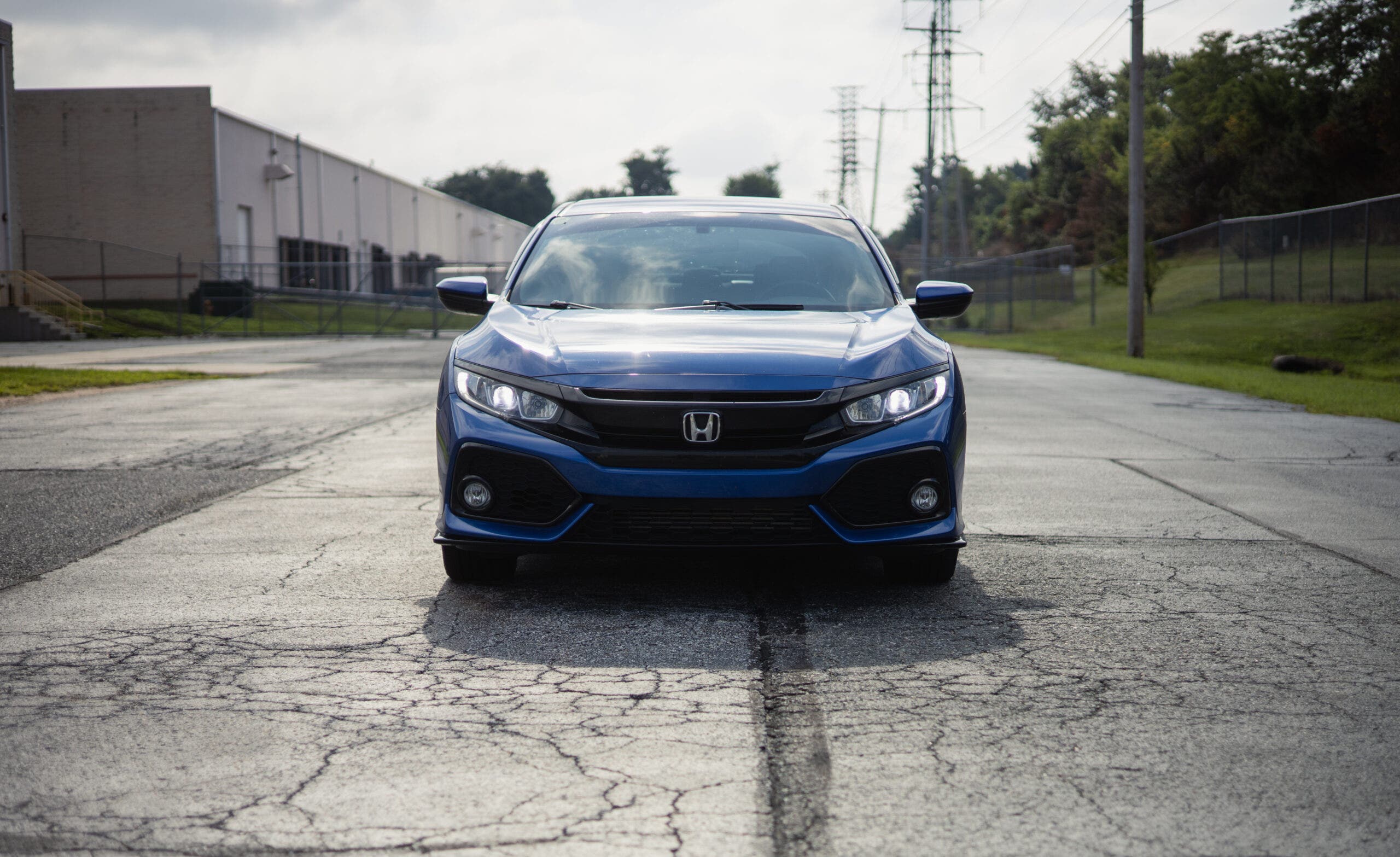
One Size Fits Most - Performance Aluminum Radiator R&D, Part 1 - Stock Review and Design Plans
There's a Civic out there for everyone. Through its 11 generations, the Civic has been a staple of basic practical transportation and unassuming speed demons. The 10th generation Civic was no exception. With the addition of the L15B7 turbocharged option, featuring more potential power while only sipping fuel, Honda's compact option became that much more enticing. A win-win whether you're building a Type-R clone or one of those crazy folks that just want practical transportation. No matter what type of Civic owner you are, though, all of the 1.5T's share the same common side-effect - extreme heat.
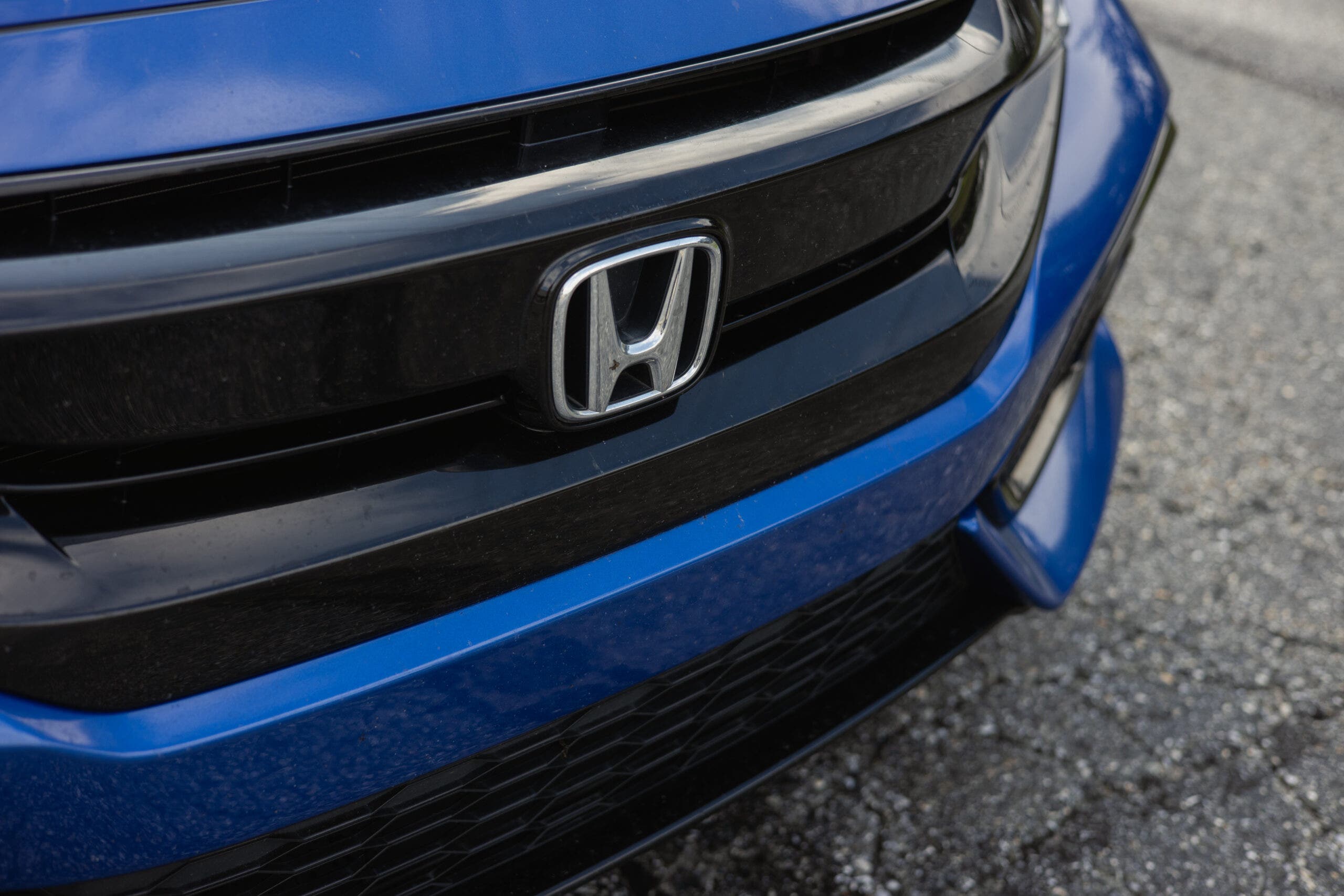
Honda's edgy styling for the 10th gen Civic provided us with a handsome outer shell but left us with some cooling issues. Before even reaching the system under the hood, the Civic's cooling problems start with the grilles. Specifically, the lack of grille size and quantity. The futuristic look of this Civic left the cooling system with only two small openings on the front of the car, with one wholly occupied with the intercooler, leaving the upper grille to pull a significant amount of weight in terms of cooling.
The situation only worsens once you peek under the hood. Honda opted to retain their forward-mounted exhaust layout, meaning the turbo essentially mounts right up against the radiator. While in motion, it's not as much of a concern. Still, that hot manifold will radiate heat throughout the engine bay, and into the radiator's core at low speeds and idle, especially after a bout of heavy driving.
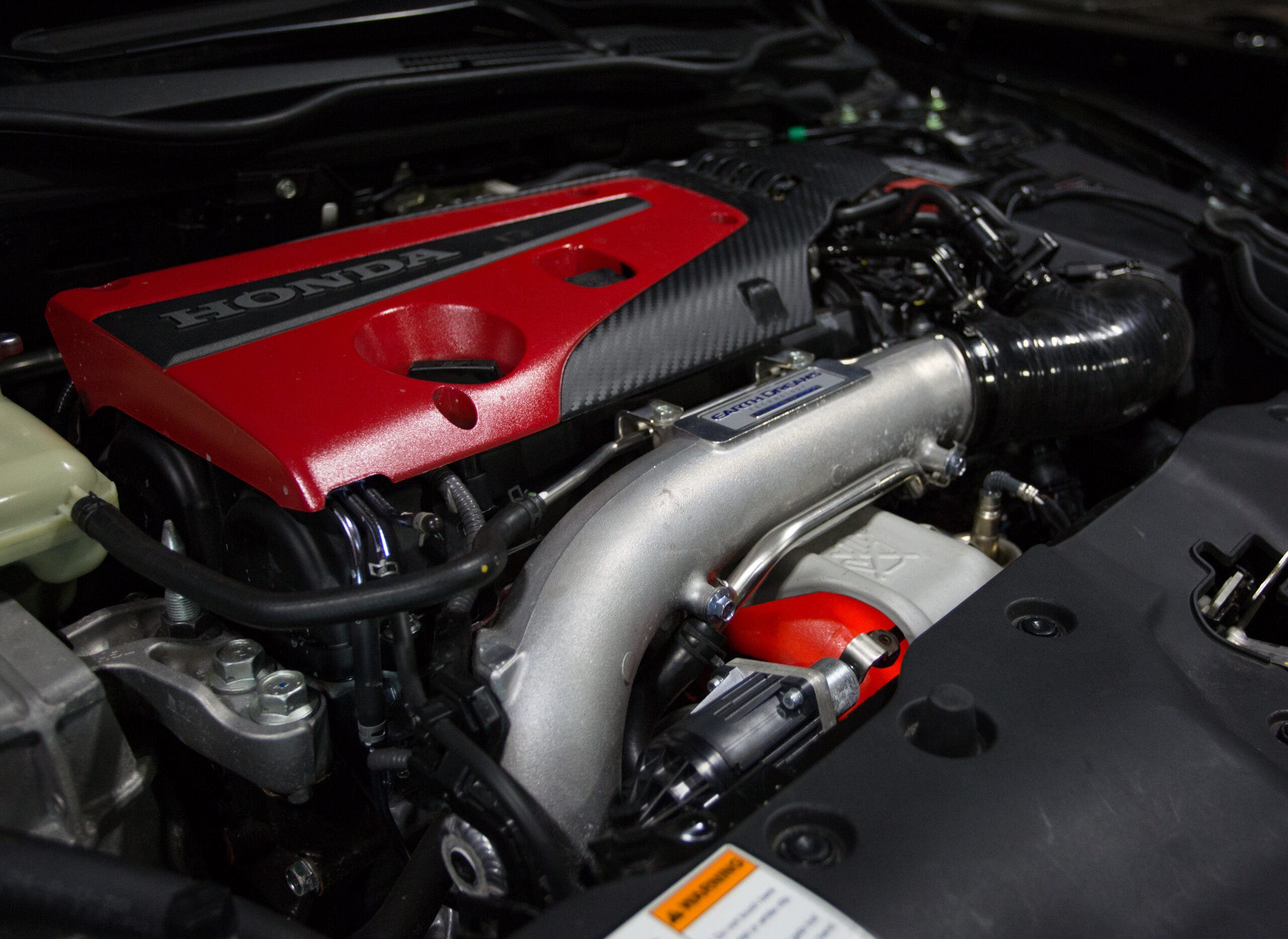
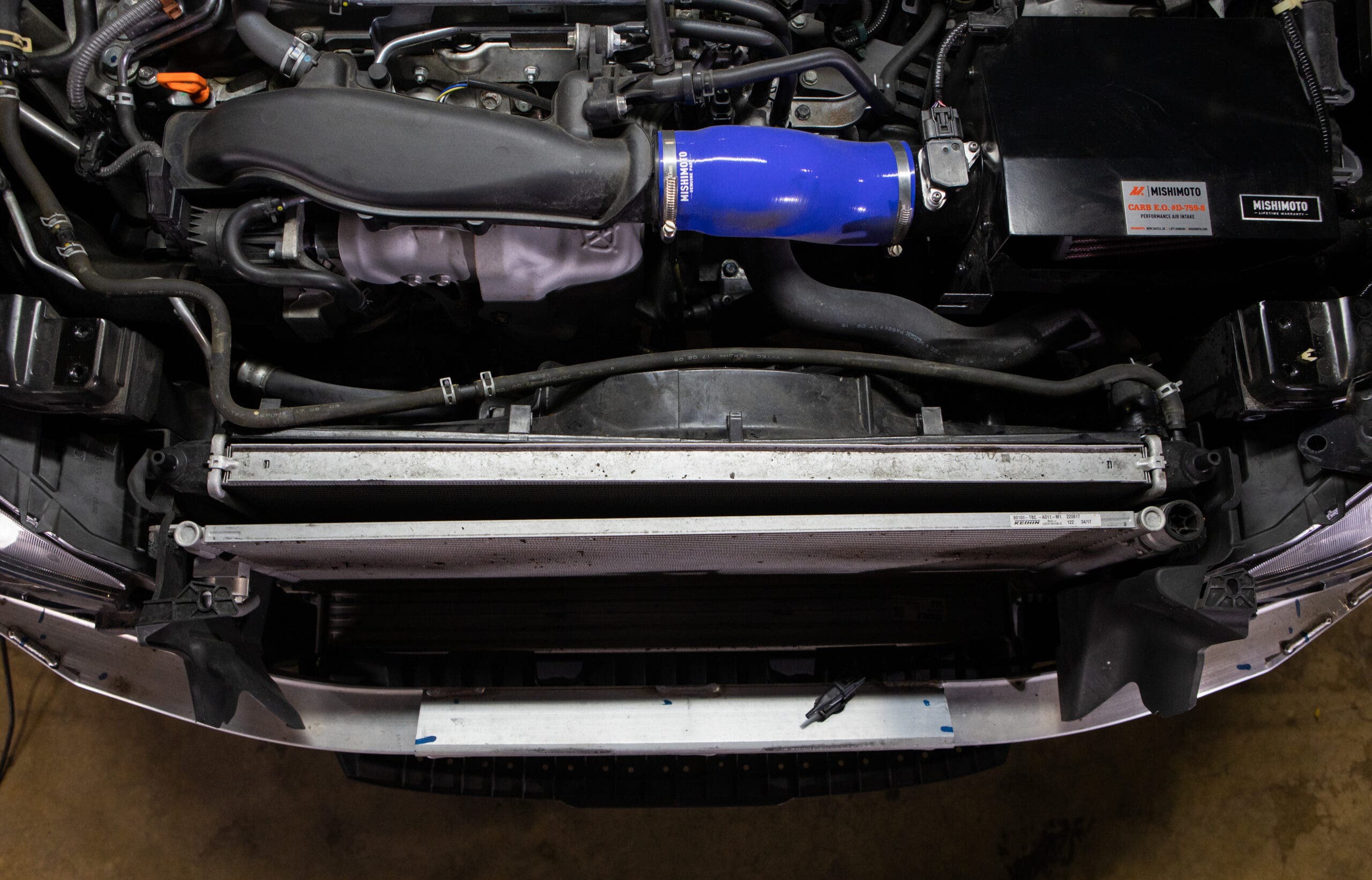
So, what can you do to manage cooling system temperature better? Fitting a more free-flowing grille and one of our Titanium Turbo Blankets are both excellent starting points. However, improving your radiator is the most effective means of keeping your Civic running cool. Before we can delve into our thoughts on improving the 10th gen's cooling system, we need to look at what Honda installed from the factory.
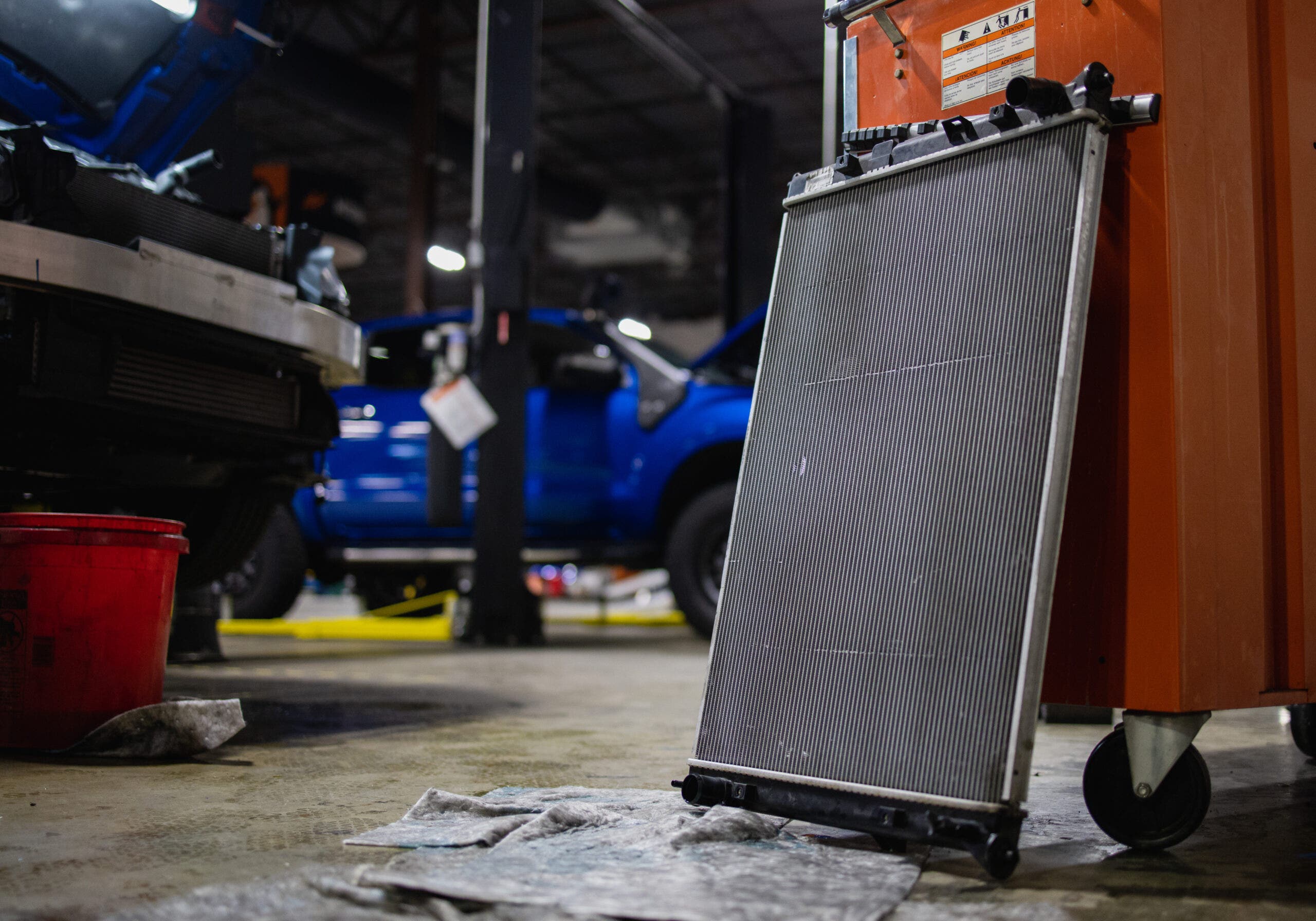
Once we removed Honda's radiator from our donor Civic, we noted that their design falls in line with the current trends for radiator manufacturing. Honda needs to churn out hundreds of thousands of these heat exchangers, so keeping production costs low is crucial. To do so, Honda used plastic end tanks that crimp to their lightweight aluminum core.
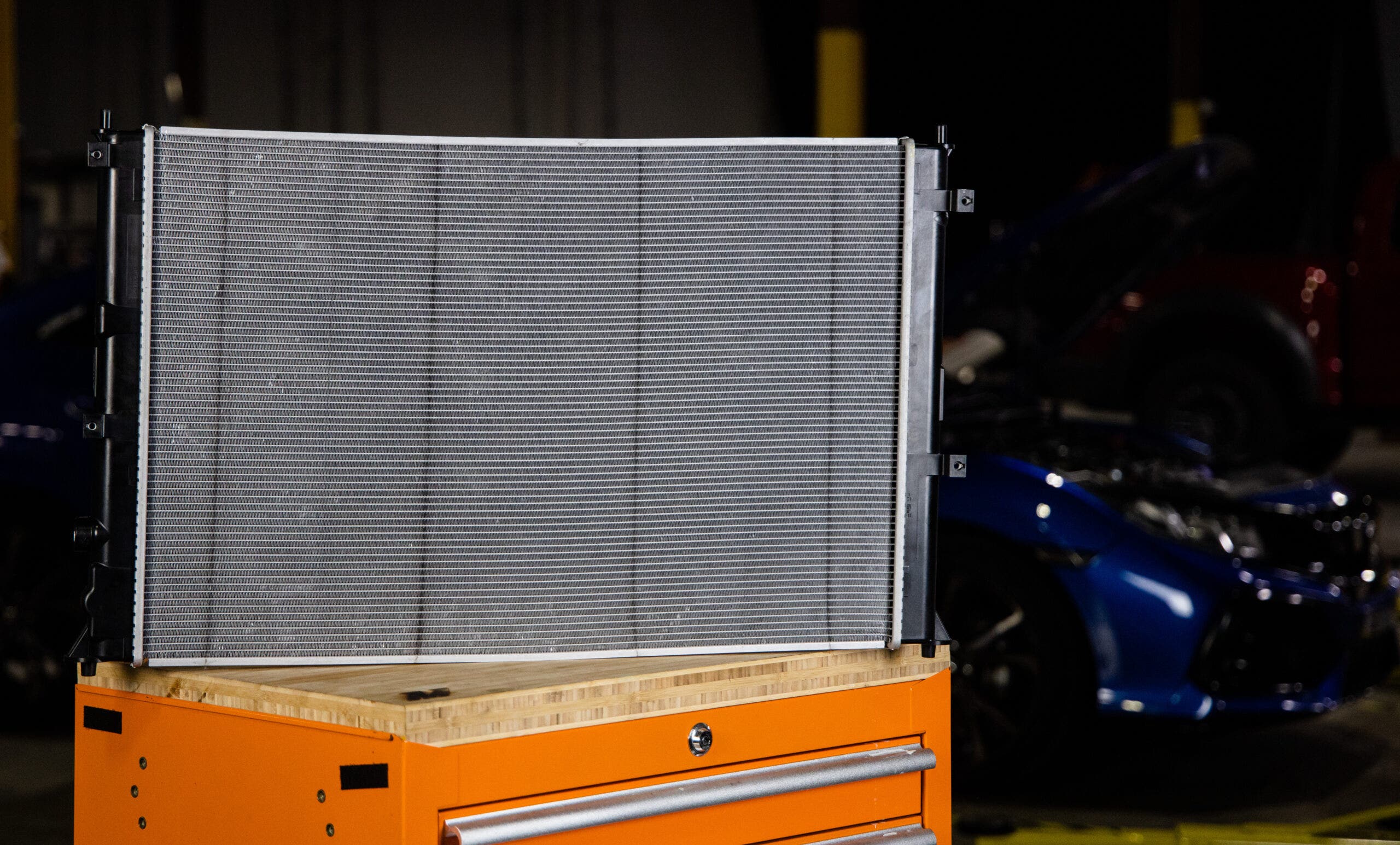
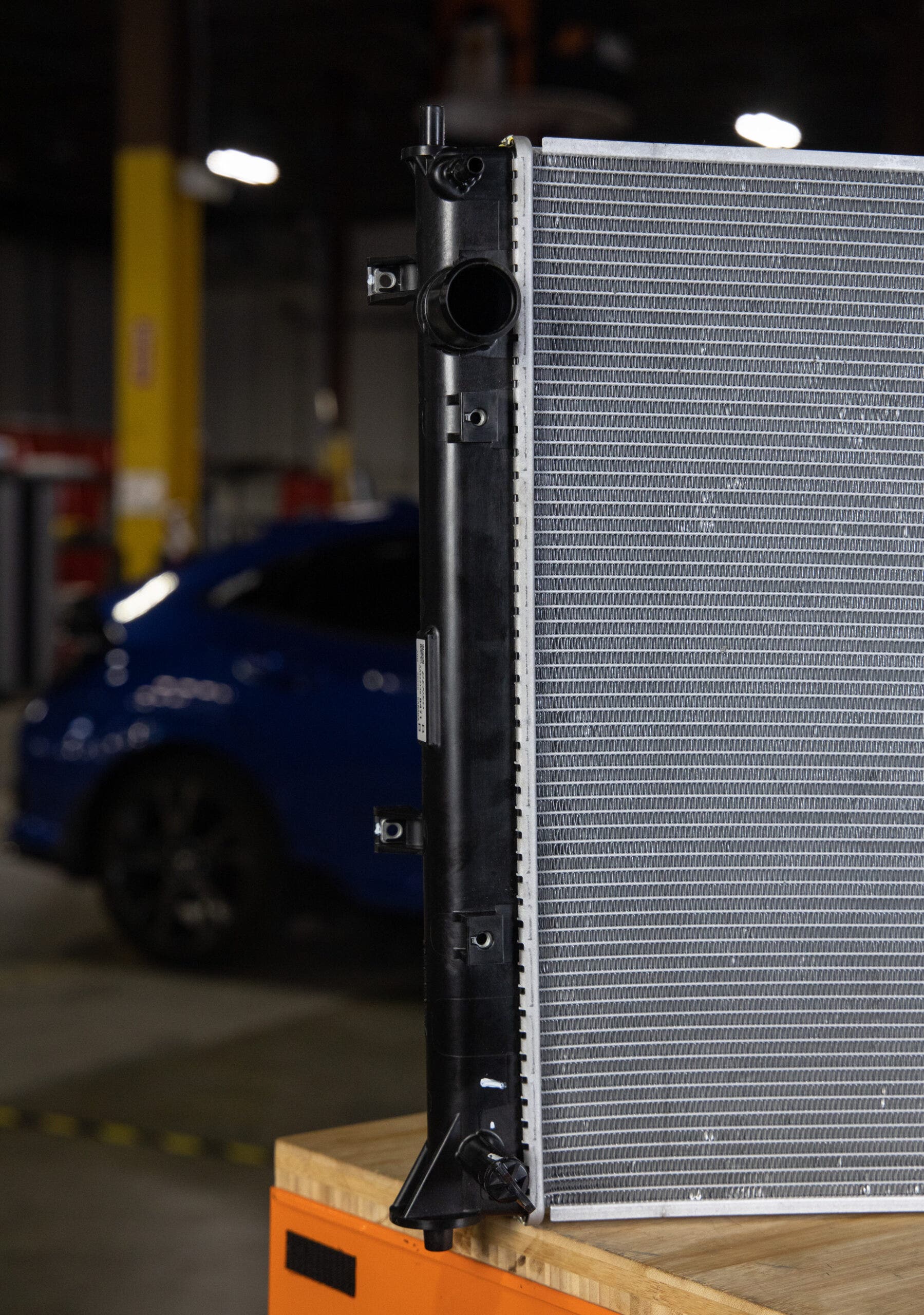
For most daily drivers, this construction is suitable in terms of performance and durability, but it can fall short for those demanding more of their turbocharged Civic. Even with its louvered fins, the thin core can only withstand so much torture before heat soaking. In addition, the plastic end tanks might be tough, but they're susceptible to cracks, leaks, and general degradation.
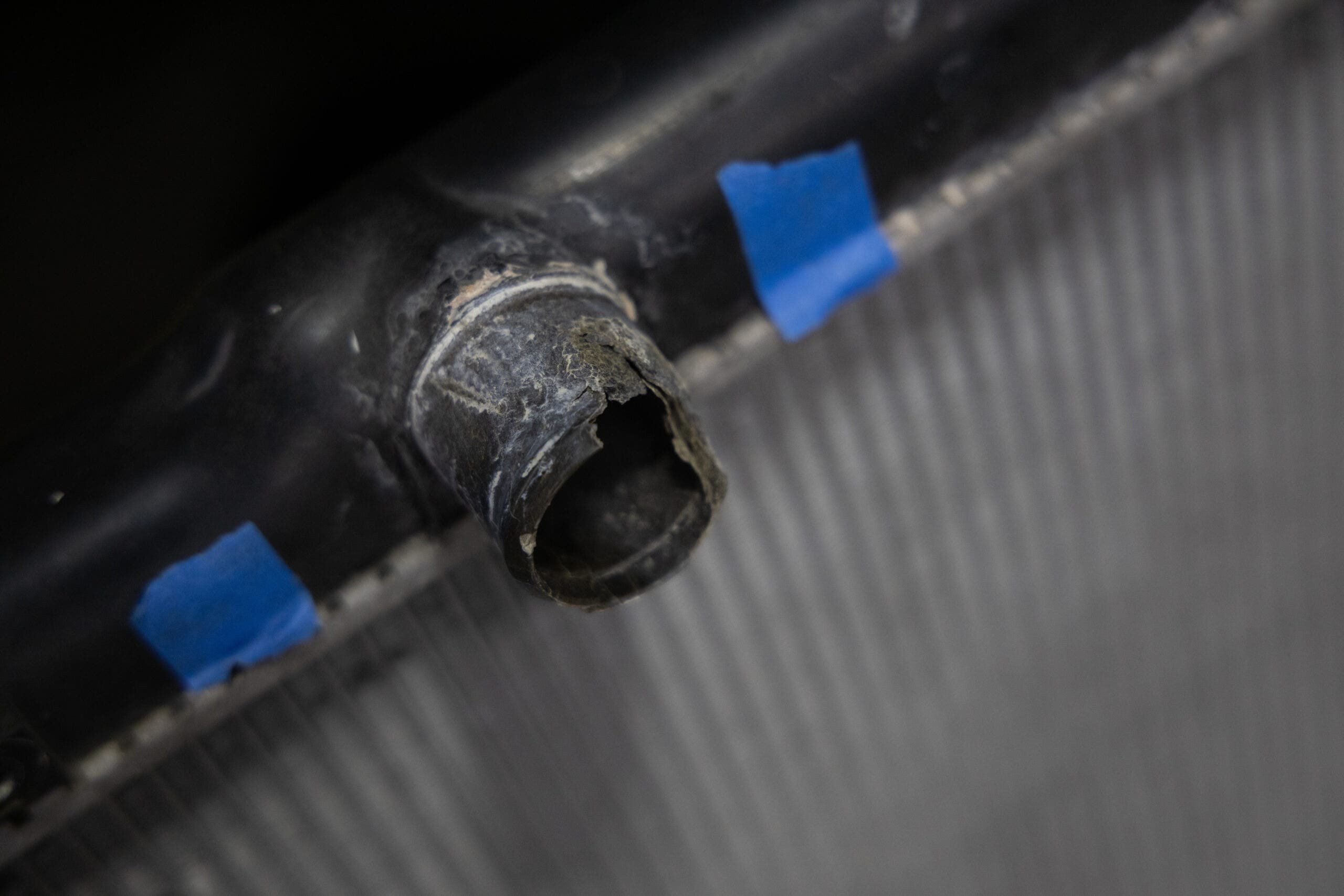

Of course, the solution to all of these OEM radiator drawbacks is a serious overhaul of the Civic's radiator. Honda's engine and cooling system layout mean that we're fighting an uphill battle, but there's still plenty of room for improvement. For starters, we're planning on a full-aluminum construction. Radiator longevity is vital, so we plan to eliminate any risk of crumbling end tanks by ditching any plastic components and replacing them with a more durable aluminum end tank design.
Available space is at a premium under the hood of the Civic. However, our engineer found space to expand our design's core thickness for added coolant volume and heat dissipation. In addition, our core will reconfigure the fins to cram even more in and stretch those cooling properties even further. We'll dive into how our design stacks up against the factory equipment more in our next post.
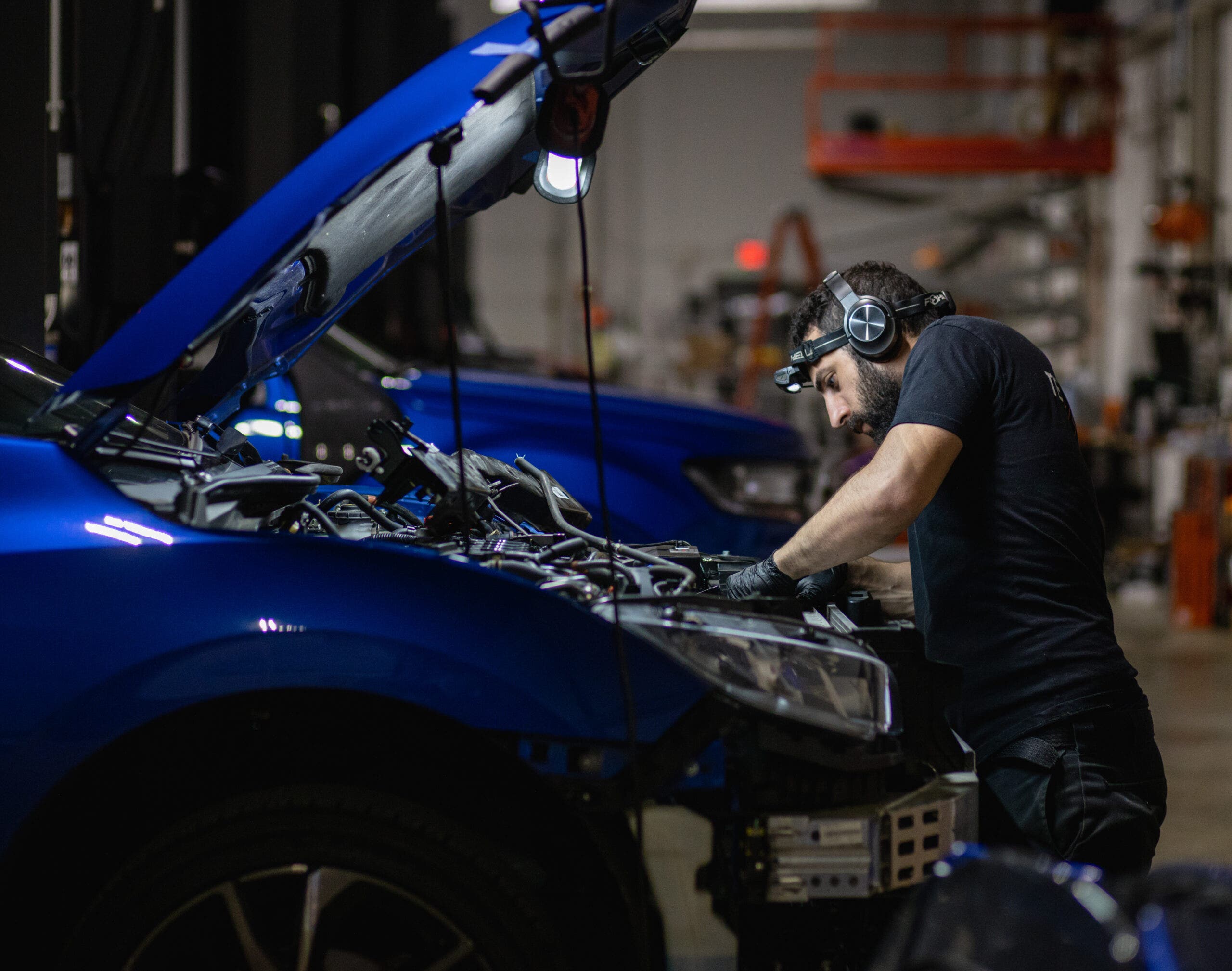
The Honda Civic fits just about every niche of driver. The cooling system, however, isn't as inclusive. It fits the needs of the daily commuter but falls short for the enthusiast. The L15B7 1.5T might be small, but it comes packing heat, literally. Heat that can be better managed with our new radiator design. Make sure that you stay tuned to get the first look at our performance radiator coming soon.
Thanks for Reading!
-Nick




